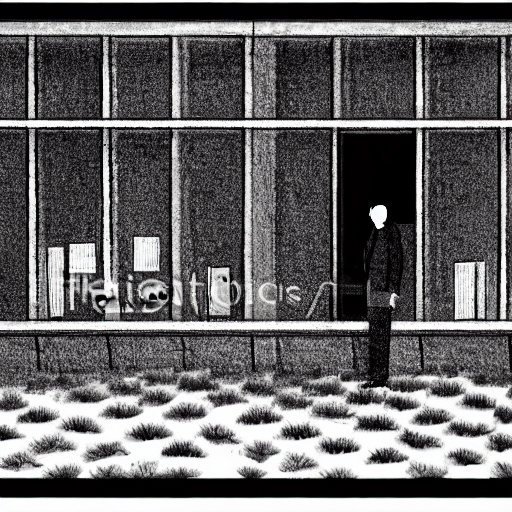The statement
A good tool should be boring. This may sound counterintuitive, but let me explain why this is a profound insight that can help us achieve our most ambitious goals.
When we use a tool, we are not interested in the tool itself, but in what we can accomplish with it. We want to create something meaningful, solve a problem, or express ourselves. The tool is just a means to an end, not an end in itself. Don’t get me wrong: there is nothing wrong with learning new tools, choosing tools that suit your preferences and style, and having fun along the way. But these should not be your primary motivations for using a tool.
A boring tool is one that does not distract us from our purpose. It does not have unnecessary features that tempt us to waste time exploring them. It does not have flashy interfaces that draw our attention away from the task at hand. It does not have bugs or glitches that frustrate us and make us lose focus.
A boring tool is one that follows the Unix philosophy[2]: do one thing and do it well. It is simple, reliable, and efficient. It does exactly what we need it to do, and nothing more. It integrates well with other tools that complement its functionality. It allows us to combine different tools into powerful pipelines that can handle complex problems.
A boring tool is one that lets us be creative and productive without getting in our way. It empowers us to pursue our grand vision without being bogged down by trivial details. It enables us to concentrate on what matters most: the meaning of our work.

My experience
I have learned this lesson the hard way many times in my career as a tech enthusiast. I have often been seduced by shiny new tools that promised to make my life easier, only to find out that they were more trouble than they were worth. I have spent countless hours tweaking settings, debugging code, and learning new frameworks instead of doing actual science or engineering.
That’s why I now prefer boring tools over exciting ones. They may not be as fun or impressive as their flashy counterparts, but they get the job done better and faster. They free up my mental resources for more important things: thinking deeply about the nature of reality and intelligence.
Example?
Let me give you some examples of boring tools from the real world:
- The Golang programming language is a boring tool because it is designed for simplicity and clarity over complexity and cleverness. It has a small set of features that cover most common use cases without sacrificing performance or readability. It has a consistent syntax and style that make code easy to write and read. It has built-in support for concurrency and testing that make code easy to run and debug.
- The design of scissors is a boring tool because it is based on a simple yet effective principle: two blades connected by a pivot point that cut through material when pressed together by hand. It has been around for thousands of years without much change because it works well for many tasks such as cutting paper, fabric, hair, etc. It has few moving parts that make it easy to use and maintain.
- The blog post format is a boring tool because it is a standard way of presenting information online using text, images, links, etc. It has been widely adopted by many writers and readers because it allows for clear communication of ideas without too much distraction or noise. It has flexible structure that make it easy to organize and edit content.
These are just some examples of boring tools that have proven their usefulness over time by helping people achieve their goals efficiently and effectively.
The “bring-home”
I hope you will join me in embracing boring tools as a way of achieving your own goals, whatever they may be. Whether you are writing a novel, building a business, or saving the world, you will benefit from using tools that are simple, reliable, and efficient.
Remember: A good tool should be boring.
[1] Amazing cover from Victaria Noble
[2] Unix philosophy from Wikipedia
[3] The book where I found the relation with Golang: The Go Programming Language
[4] My prompt for the generated photo: a simplistic cartoon gray pencil shading of an architect selecting his tools
